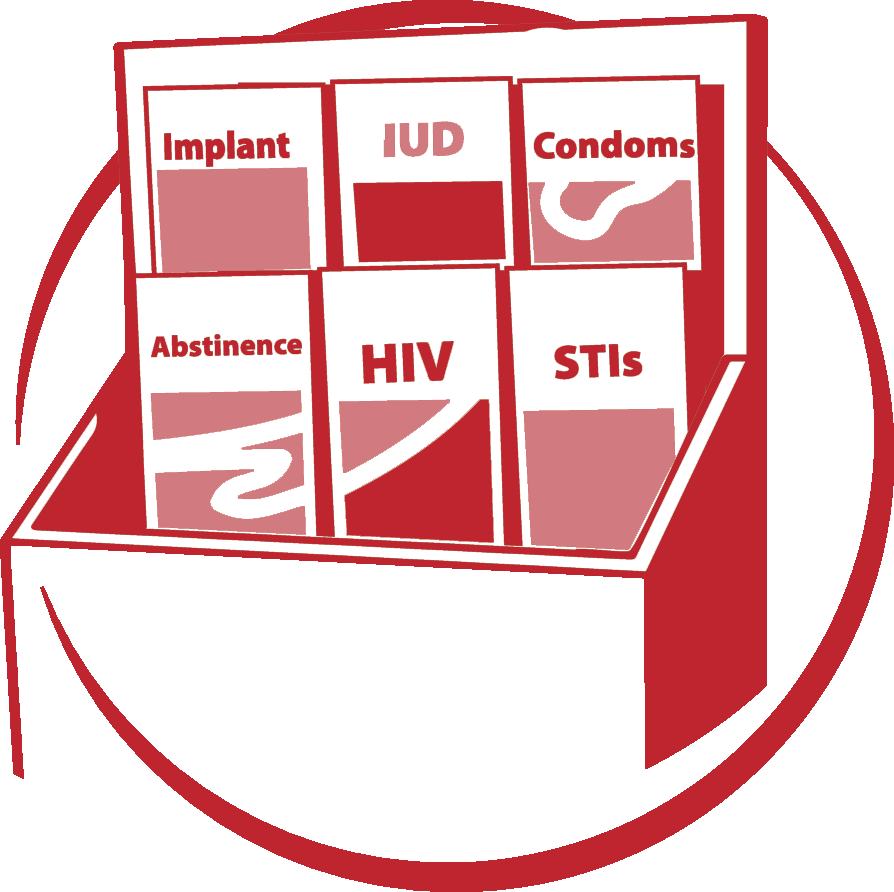Print Materials
Part 2 > Essential Element 6 > Consider Communication Channel Pros & Cons for Use with Urban Youth > Print Materials
What is it?
Print materials are primarily paper-based materials that reach intended audiences through written words or illustrations. Examples of print materials include fliers, pamphlets/brochures, protective school book covers, fact sheets, posters, and cards.
Pros and Cons
- Use of pictures, photos and graphics make print materials attractive to multiple audiences but print materials often rely on text to get complete information across, so they may only reach literate audiences.
- Print materials can often be easily disseminated to intended audiences at events or through strategic locations (e.g., health clinics), but are easily lost, discarded or torn down and need to be replaced or redistributed frequently.
- Print materials allow a user to receive and think privately about a message, or can spark group conversation, but they do not allow for response to further questions an audience member might have.
 Reminders for using print media
Reminders for using print media
- Print materials are best used in combination with other interpersonal or more interactive communication channels.
- Print materials may be shared between many individuals; it is important that messages be phrased clearly and in a way that prevents misinterpretation.
- Consider when, how or by whom the material will be distributed, or where it will be posted. Will your fact sheet given by a provider at a clinic look the same as what peer educators hand out at community-based activities?
- You won’t be able to fit everything you want to say about an issue in a poster, brochure, or pamphlet. Try to only include key messages in an attractive layout and consider including how users can find additional information (e.g., website, social media).
Example
HIV Talkline (Zambia), several brochures were developed around SRH to support the 24-hour HIV Talkline. Brochure topics included Risk Reduction: Abstinence; Girls and Growing UP!; Boys and Growing Up; Frequently Asked Questions about STIs; and Frequently Asked Questions about HIV and AIDS.
Considerations for using print materials in an urban environment
- Involve young people by hosting poster contests and featuring young people’s art to help convey your message.
- Urban youth have higher school enrollment and literacy rates than rural youth.
- Urban adolescents have a high level of independence; print materials can be placed in locations where youth can see them without their parents’ or family’s presence.
- Adolescents in urban areas may be attracted to more bold designs, images and wording than non-urban adolescents.


